Gender and Sexuality in
Indigenous North America
14001850
Gender and Sexuality in
Indigenous North America
14001850
Edited by
Sandra Slater and Fay A. Yarbrough
2011 University of South Carolina
Cloth edition published by the University of South Carolina Press, 2011
Ebook edition published in Columbia, South Carolina,
by the University of South Carolina Press, 2012
www.sc.edu/uscpress
21 20 19 18 17 16 15 14 13 12 10 9 8 7 6 5 4 3 2 1
The Library of Congress has cataloged the cloth edition as follows:
Gender and sexuality in indigenous North America, 1400-1850 / edited by Sandra Slater and Fay A. Yarbrough.
p. cm.
Includes bibliographical references and index.
ISBN 978-1-57003-996-6 (cloth : alk. paper)
1. Indians of North AmericaSexual behavior. 2. Indians of North AmericaPsychology. 3. Gender identityUnited StatesHistory. 4. Sex roleUnited StatesHistory. 5. Indian womenUnited StatesSocial conditions. 6. Indian womenUnited StatesBiography. 7. Two-spirit peopleUnited StatesHistory. 8. Indians of North AmericaSocial conditions. I. Slater, Sandra. II. Yarbrough, Fay A.
E98.S48G46 2011
305.897dc22
2011000902
ISBN 978-1-61117-203-4 (ebook)
Acknowledgments
The editors of this collection are grateful for the generous assistance provided by colleagues and friends as we prepared this work. The College of Charleston and the University of Oklahoma provided crucial financial support to complete this project. Our deep gratitude goes to Linda Fogle and Alex Moore at the University of South Carolina Press for believing in this project. And, to the anonymous reviewers, thank you for your invaluable suggestions for the betterment of this work.
Preparing an edited collection requires patience and support, mostly from our spouses and families. Sandra Slater would like to thank her partner, Denise Helton, for her unyielding love and support both personally and professionally. And Fay A. Yarbrough thanks Arthur Terry, Jr., Wilson, and Rivers who each remind her daily to push away from the computer.
Finally, we wish to acknowledge the millions of people of all races and cultures who faced, and continue to face, discrimination for not fitting neatly into predominant gender paradigms.
Introduction

FAY A. YARBROUGH
One cannot hark back to a time when gender roles were clear and simple or definitions of marriage were universally agreed upon. Gender roles and sexual identities have never been static, but rather constantly shift in relation to historical change and contact between groups. Questions about how societies choose to define gender identities, the meaning of sexual orientation and behavior, and what constitutes marriage continue to provoke controversy even now. This essay collection explores some of this variation in the meanings of gender, sexuality, and marriage by examining indigenous communities in North America from the colonial period through the nineteenth century. While the essays in the collection do not directly tackle current controversies, they do offer important historical background suggesting perhaps the roots of contemporary controversies and ways to address them.
Several overarching themes connect the essays in Gender and Sexuality in Indigenous North America, 14001850. The question of how Europeans manipulated native ideas about gender for their own purposes and how indigenous people responded to European attempts to impose gendered cultural practices that clashed with native thinking informs all of the work here. For instance Sandra Slater finds that conflicting definitions of masculinity could lead to violence between indigenous groups and Europeans. Conversely Dawn G. Marsh shows that Quakers own acceptance of more egalitarian gender roles, a pattern more in line with local native groups, enabled Lenape woman Hannah Freeman to negotiate her own economic activity and land ownership with her Quaker neighbors. Likewise M. Carmen Gomez-Galisteo describes Spanish explorer Cabeza de Vaca taking on some of the roles of native women in order to improve his situation while a captive of the local indigenous population. Both Jan V. Noel and Fay A. Yarbrough demonstrate the various ways in which indigenous peoples could react to European and Euro-American pressure to change womens roles in particular in native societies. Moreover, Europeans often spoke of the act of conquest itself in gendered terms, as discussed by Slater and Gomez-Galisteo.
Many of the essays also address how indigenous people made meaning of gender and how these meanings changed over time within their own communities. Noel describes Iroquois womens position before European contact as quite powerful and integral to the social, economic, and political life of the Iroquois people. Marsh and Yarbrough also show that some elements of native womens authority endured despite, and sometimes because of, contact with colonists and Americans. Roger M. Carpenters essay demonstrates the variety of possible gender roles among some indigenous groups in his description of the two-spirit phenomenon, a topic also dealt with in varying degrees by Gomez-Galisteo, Slater, and Gabriel S. Estrada.
Several authors consider sexual practice as a site for cultural articulation, as well as a vehicle for the expression of gender roles. Estrada, for instance, contends that many contemporary writers employ indigenous sexual and gender histories in describing their own contemporary racial, ethnic, and sexual identities, connecting sixteenth-century indigenous sexual practice and behavior to modern Chicano/a and Mestizo/a authors and identities. Estradas work forms a provocative conversation with Gomez-Galisteo, Slater, and Carpenter about the roles, function, and perception of two-spirited individuals in native societies, a conversation that addresses questions such as the ability of such individuals to marry or participate in warfare and ceremonial life, and choice and consent in taking on this role. Conversely Gomez-Galisteo also notes the surprising absence of sexual activity between native women and European men in Cabeza de Vacas narrative, an omission that runs counter to many other accounts by Cabeza de Vacas contemporaries and that may have had political implications of its own.



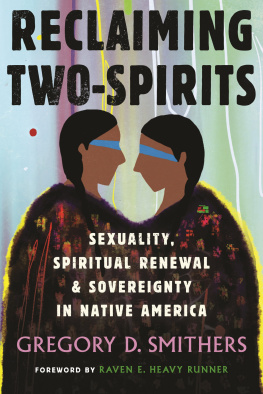
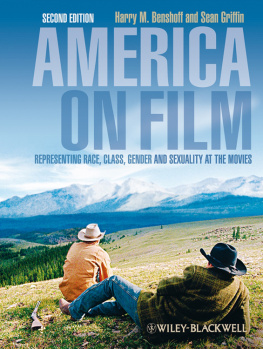
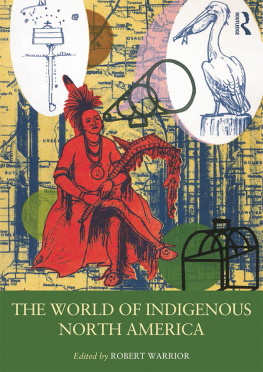
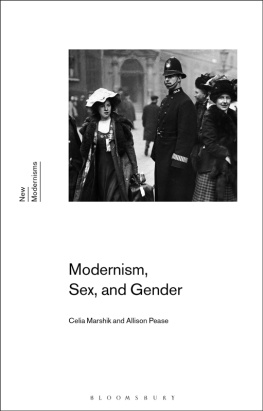
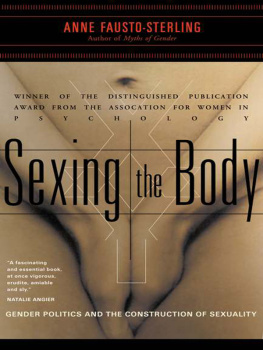
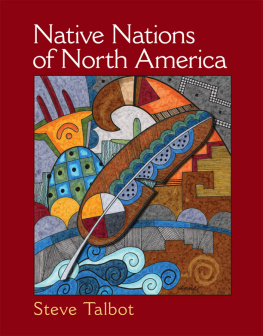
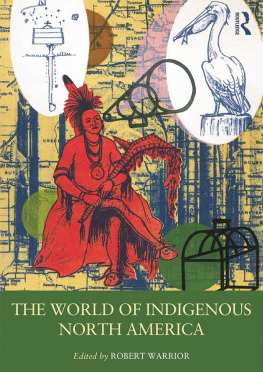
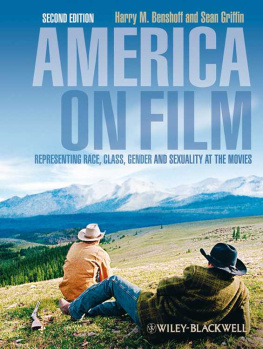

 Fay A. Yarbrough
Fay A. Yarbrough FAY A. YARBROUGH
FAY A. YARBROUGH